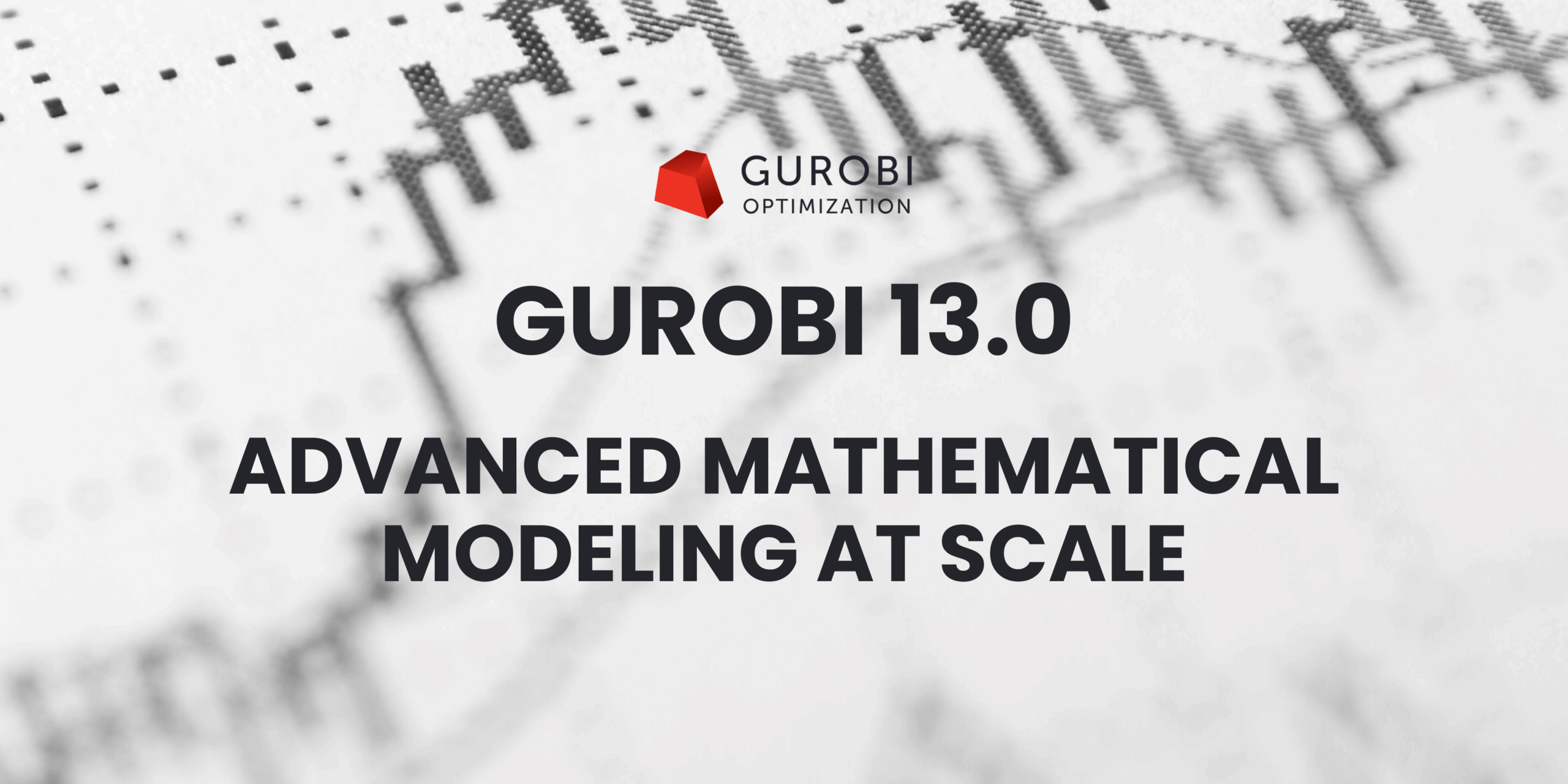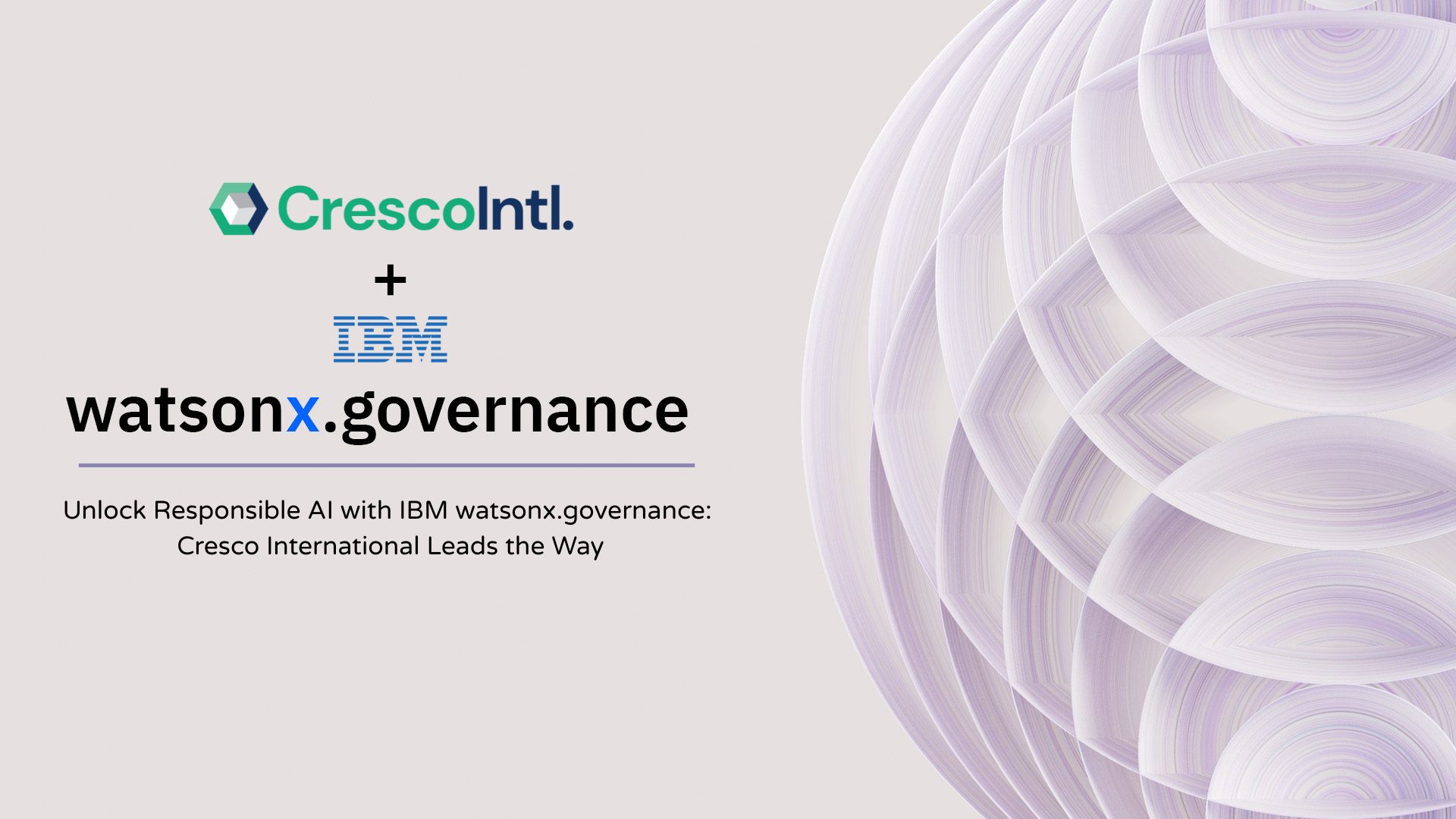Introduction
In today’s digitally driven world, understanding the effectiveness of marketing efforts is paramount for businesses seeking to maximize their return on investment. Two prominent methodologies that have revolutionized the way marketing performance is measured are the Marketing Mix Model (MMM) and the Multi-Touch Attribution Model (MTA). While both approaches aim to provide insights into marketing effectiveness, they have distinct characteristics and applications. In this article, we will explore the fundamental concepts, benefits, and limitations of MMM and MTA.
Marketing Mix Model (MMM)
The Marketing Mix Model is a traditional statistical approach that analyzes the impact of various marketing activities on sales or other key performance indicators (KPIs). MMM takes into account multiple variables, including pricing, advertising, promotions, distribution channels, and external factors like seasonality or economic conditions. By leveraging historical data, MMM attempts to quantify the contribution of each marketing element to overall business performance.
Benefits of MMM
- Holistic view: MMM provides a comprehensive understanding of the entire marketing strategy and its impact on sales.
- Long-term insights: MMM helps identify the long-term effects of marketing efforts and their cumulative impact over time.
- Strategic decision-making: MMM enables informed decision-making by identifying the most effective marketing channels and optimizing resource allocation accordingly.
Limitations of MMM
- Lack of granularity: MMM often lacks the ability to attribute specific outcomes to individual touchpoints or customer interactions.
- Time-consuming: The data collection and analysis process for MMM can be time-consuming, requiring extensive historical data and complex modeling techniques.
- External factors: MMM may struggle to account for external factors beyond marketing, such as changes in the competitive landscape or macroeconomic trends.
Multi-Touch Attribution Model (MTA)
MTA is a more advanced and granular approach that focuses on understanding the specific touchpoints or interactions that lead to conversions or desired actions. MTA tracks and assigns value to each touchpoint across the customer journey, attributing credit to different marketing channels, campaigns, or activities based on their influence on the final outcome.
Benefits of MTA
- Granular insights: MTA provides detailed insights into individual touchpoints, enabling marketers to optimize specific elements of their marketing strategy.
- Real-time tracking: MTA allows for real-time monitoring and adjustment of marketing campaigns, maximizing their effectiveness.
- Personalization: MTA facilitates personalized marketing efforts by identifying the most influential touchpoints for each customer.
Limitations of MTA
- Complexity: MTA requires sophisticated tracking mechanisms and advanced data analytics capabilities, making implementation challenging for some organizations.
- Fragmented view: MTA analyzes touchpoints in isolation, potentially overlooking the synergistic effects of different marketing activities.
- Incomplete data: MTA heavily relies on accurate and complete data from multiple sources, which can be difficult to obtain, leading to potential inaccuracies.
Maximizing ROI through Strategic Budget Allocation
In the ever-evolving landscape of advertising and marketing, effectively managing media budgets has become increasingly critical for businesses seeking to maximize their return on investment (ROI). Media budget optimization is the strategic allocation of resources across various media channels to achieve the highest possible impact and efficiency. In this blog, we will delve into the concept of media budget optimization, its benefits, and key strategies for implementing it successfully.
Media budget optimization involves allocating resources in a manner that optimizes the effectiveness of marketing campaigns. It aims to reach the right audience, at the right time, through the most relevant channels, while minimizing wasted spending. By analyzing data, market trends, and consumer behavior, businesses can make informed decisions about where to invest their media budgets for the best possible outcomes.
Benefits of Media Budget Optimization
- Increased ROI: By allocating budgets strategically, businesses can maximize their return on investment by focusing on channels and campaigns that generate the highest impact and conversions.
- Improved targeting: Media budget optimization allows for precise audience targeting, ensuring that marketing efforts reach the most relevant and potential customers.
- Flexibility and agility: Optimizing media budgets enables businesses to adapt quickly to changing market conditions, consumer preferences, and emerging trends, ensuring campaigns remain effective and efficient.
Key Strategies for Media Budget Optimization
- Data-driven decision-making: Utilize data analytics tools and insights to identify high-performing channels, campaigns, and customer segments. Leverage historical data, market research, and customer feedback to inform budget allocation decisions.
- Test and learn approach: Conduct controlled experiments or A/B testing to evaluate the performance of different media channels and campaign strategies. Allocate budgets based on the outcomes of these tests to optimize future investments.
- Continuous monitoring and optimization: Regularly track and analyze campaign performance metrics, such as reach, engagement, conversion rates, and cost per acquisition. Make data-informed adjustments to optimize budget allocation in real-time.
- Channel diversification: Allocate budgets across a mix of media channels, such as digital advertising, social media, television, print, and influencer marketing. Diversification helps reach a broader audience and reduce dependence on a single channel.
- Dynamic budget allocation: Utilize advanced technologies and automation tools that enable dynamic budget allocation based on real-time performance data. This allows for immediate adjustments to optimize spending across channels and campaigns.
Conclusion
Both the Marketing Mix Model (MMM) and the Multi-Touch Attribution Model (MTA) play vital roles in evaluating marketing effectiveness. MMM offers a holistic view of marketing efforts, identifying the overall impact of different elements on business performance. On the other hand, MTA provides granular insights into individual touchpoints, enabling marketers to optimize specific interactions.
While MMM is valuable for long-term strategic planning, MTA empowers real-time decision-making and personalized marketing efforts. By understanding the strengths and limitations of each model, businesses can leverage these methodologies to enhance their marketing strategies and achieve better results in today’s dynamic marketplace.

While MMM is valuable for long-term strategic planning, MTA empowers real-time decision-making and personalized marketing efforts. By understanding the strengths and limitations of each model, businesses can leverage these methodologies to enhance their marketing strategies and achieve better results in today’s dynamic marketplace.

Cresco International provides an integrated solution that includes Marketing Mix Model (MMM), Multi-Touch Attribution Model (MTA) and Media Budget Optimization, powered by both open source and commercial data science tools and solvers.

About Cresco International
Cresco International is a leader in corporate trainings across NORAM and the globe with its headquarters in Dallas, Texas, USA.











